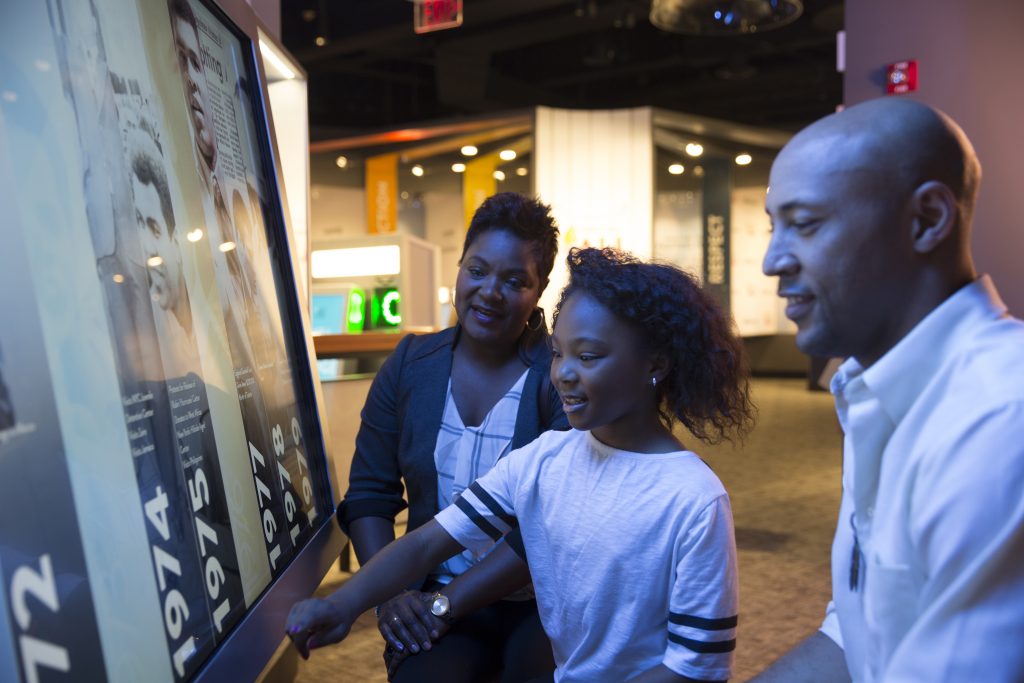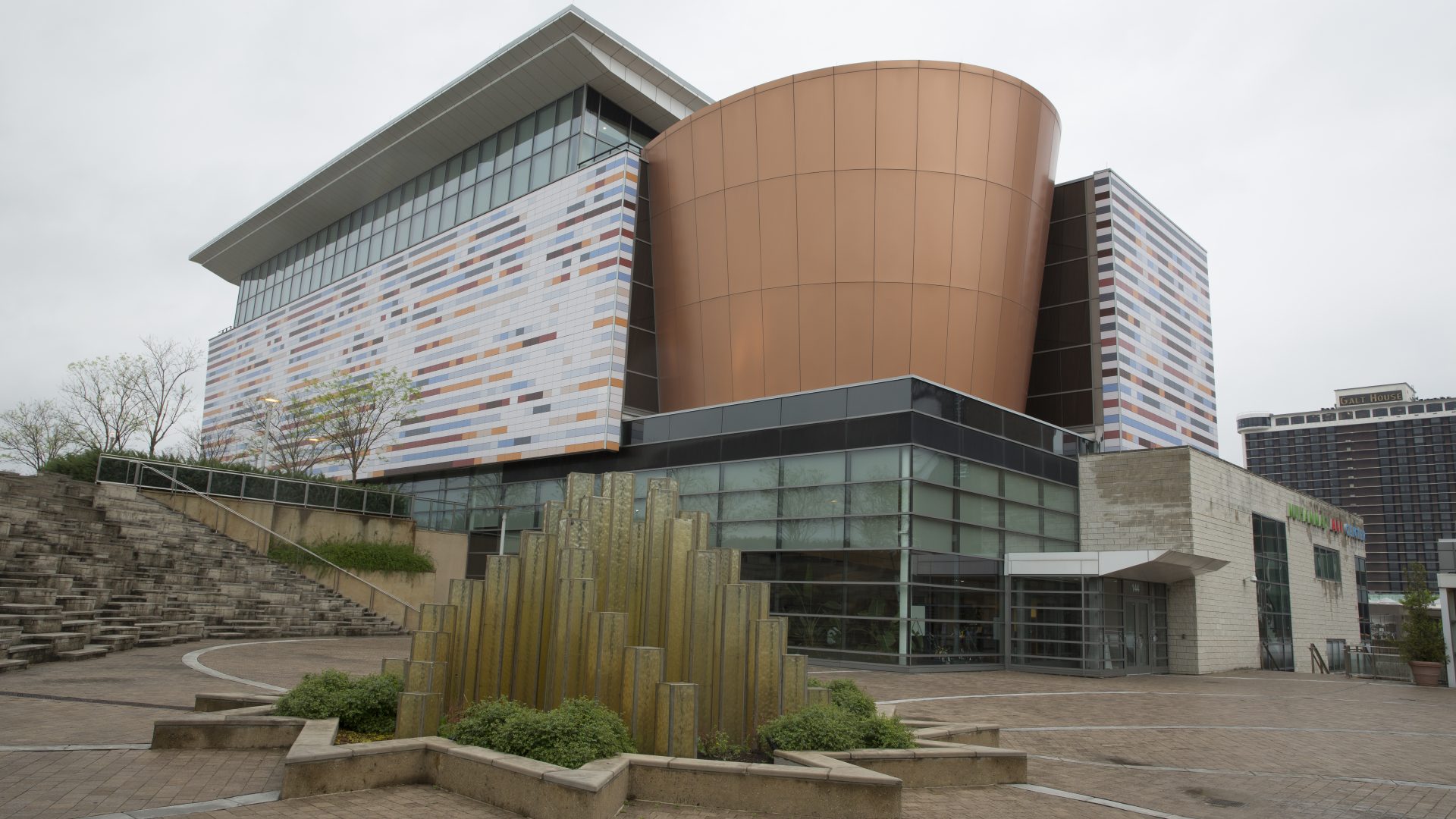New exhibits across locations in Kentucky commemorate the legendary black racers
Home of the famous Triple Crown segment, Kentucky perpetuates a classic passion for horse racing. The state is home to a myriad of exhibits that provide a comprehensive look at black history through a lens of contribution to the sport.
Black Horsemen of the Kentucky Turf
The Kentucky Horse Park in Lexington is a venue that provides education, exhibitions and other events centering on peoples’ relationship with horses. The site has recently opened a new permanent exhibit called “Black Horsemen of the Kentucky Turf.”
The exhibit allows guests to learn about preeminent jockeys and their racing achievements. Highlights of the exhibit include various paintings by Edward Troye, who portrayed black jockeys as his subjects in a time when few artists would.
The Kentucky Derby Museum, located in Louisville, features a permanent exhibit titled “African Americans in Thoroughbred Racing.” The exhibit details successes of African-American jockeys and displays historical artifacts from the Kentucky Derby, rescheduled for Sept. 5 due to COVID-19. It also features the story of Isaac Murphy, one of the best jockeys in the history of the sport.
The African Cemetery No. 2 in Lexington allows travelers to visit the grave sites of other renowned jockeys. Among its inhabitants is Oliver Lewis, the first Kentucky Derby champion, and James “Soup” Perkins, who won the derby at 15 years old. Moreover, the cemetery was the original burial site of Isaac Murphy, whose grave was transferred to the Kentucky Horse Park.
Kentucky Becomes Home to Newest Civil Rights Trail Additions
The Civil Rights Trail is a collection of integral locations from the fight for civil rights, from Selma, AL, to the site of the Greensboro sit-in. In honor of Black History Month, Kentucky was recently recognized as part of this historic trail with the new additions of the Muhammad Ali Center and SEEK Museum.
“The Muhammad Ali Center in Louisville and the SEEK Museum in Russellville honor two civil rights pioneers who paved the way for future generations,” said Mike Berry, secretary of the Kentucky Tourism, Arts and Heritage Cabinet. “It is our hope visitors will enjoy this inspirational experience and history that these sites represent when visiting Kentucky.”
The Muhammad Ali Center is a museum with a mission of perpetuating the famous boxer’s legacy. The center educates not only about Ali’s esteemed athletic career, but also on his inspirational work outside of the ring.

Muhammad Ali Center. Photo courtesy of Kentucky Tourism
Visitors to this site can view artifacts, images and multimedia presentations on Ali’s life. In addition, the center maintains various interactive exhibits and periodically shuffles in temporary exhibits, such as “Shining a Light: Women’s Fight for the Right.” This collection of photographs, on display until Aug. 2020, celebrates the one hundredth anniversary of the 19th amendment by highlighting the global struggles of women to obtain the vote.
The SEEK Museum is home to various structures that help preserve Black history by documenting stories of the fight for equality. Visitors to the museum’s Bibb House, located on a plantation that once owned generations of slaves, can experience a story of both subjugation and emancipation.
Furthermore, the museum includes an area titled The Bottom. This National Register Historic District became a settlement site for the recently freed after slavery was abolished. Today, visitors can visit historic buildings and vital exhibits from the development.
Additionally, the museum recently unveiled an exhibit and life-size bronze statue honoring Alice Allison Dunnigan, an African-American journalist who had to fight against racism and sexism throughout her distinguished career. Dunnigan eventually became the first African-American woman to gain admission to the White House, Congressional and Supreme Court press corps.
By Zoe Strozewski





